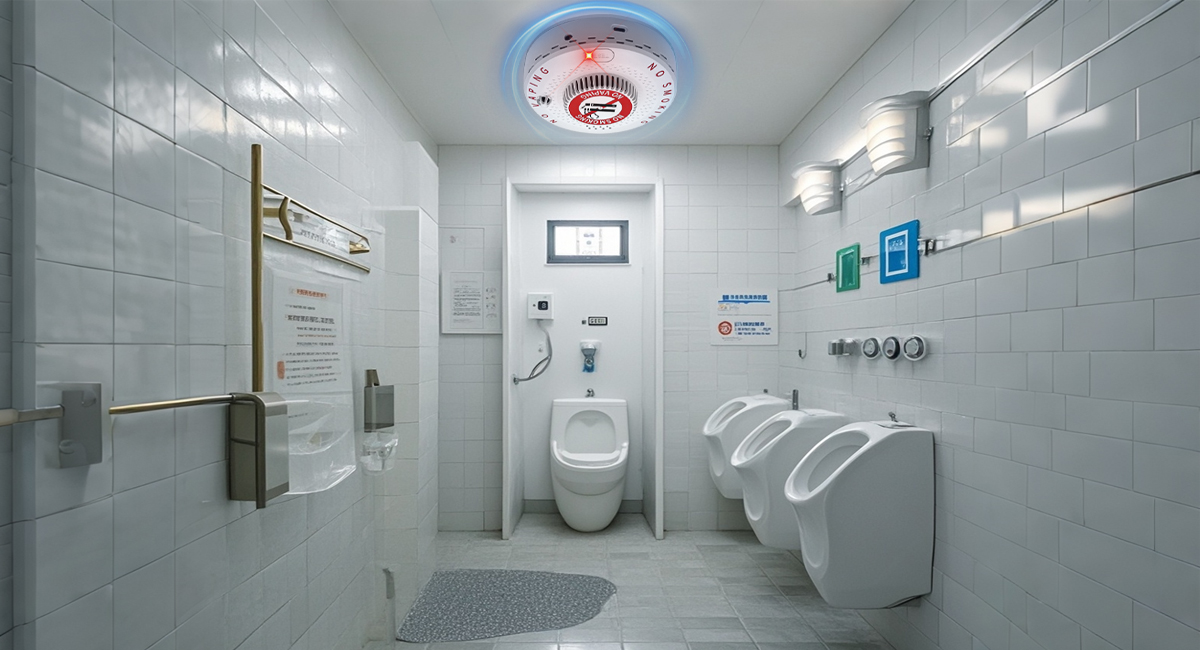With the rise in vaping among teenagers, schools across the globe are adopting new technologies to combat the issue. Vape detectors, devices designed to sense the presence of vapor from electronic cigarettes, are increasingly being installed in high schools and middle schools. But do they actually work? The evidence suggests that vape detectors can be an effective tool, though their success depends on various factors such as implementation and usage policies.

How Vape Detectors Work
Vape detectors, like the popular Ariza vaping sensor, are equipped with sensors that detect chemicals released in e-cigarette vapor. Unlike traditional smoke detectors, these devices are designed to identify the smaller particles produced by vaping, including nicotine, THC, and other compounds. These detectors are usually installed in hidden or secluded areas like bathrooms and locker rooms where students are more likely to vape. Once triggered, the detector sends an alert to school administrators, enabling them to act swiftly.
Evidence of Effectiveness
Many school districts in the United States have reported a significant decrease in vaping incidents following the installation of vape detectors. For example, in the Lincoln Public Schools district in Nebraska, vaping violations in one high school dropped dramatically from nearly 100 alerts in the first week of installation to just four by the end of the year.
This sharp decline is attributed to the deterrent effect of the detectors—students are less likely to vape if they know they might be caught.
Additionally, vape detectors have been a critical tool in enforcing vaping bans, with many schools reporting a decrease in the frequency of vaping incidents in bathrooms and other secluded areas. The technology is seen as a way to make school environments safer and discourage unhealthy behaviors among students.
Challenges and Limitations
However, vape detectors are not without their limitations. Some students have found ways to bypass the detectors, such as vaping into clothing or containers to reduce the amount of vapor in the air. Additionally, the technology has been known to trigger false positives from substances like perfumes or deodorants.
Another challenge is the strain that vape detectors can place on student-teacher relationships. The American Civil Liberties Union (ACLU) and other privacy advocates argue that increased surveillance in schools could damage trust between students and staff.
Some educators also worry that the focus on detection may overlook the need for education and support to help students quit vaping.
A Tool, Not a Solution
While vape detectors are proving to be a useful deterrent, experts emphasize that they should be part of a broader strategy. Education and support programs are crucial in addressing the root causes of youth vaping. Organizations like the American Lung Association recommend that schools couple vape detection technology with programs that help students understand the risks of vaping and provide resources for quitting.
Post time: Oct-15-2024











